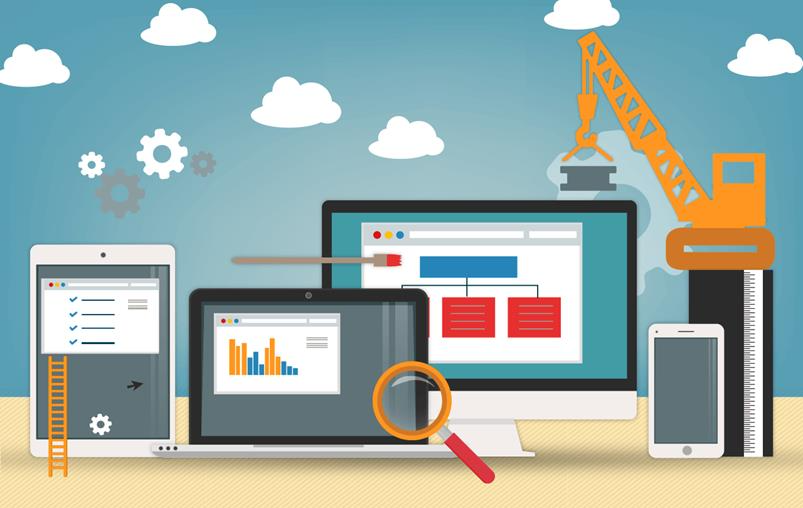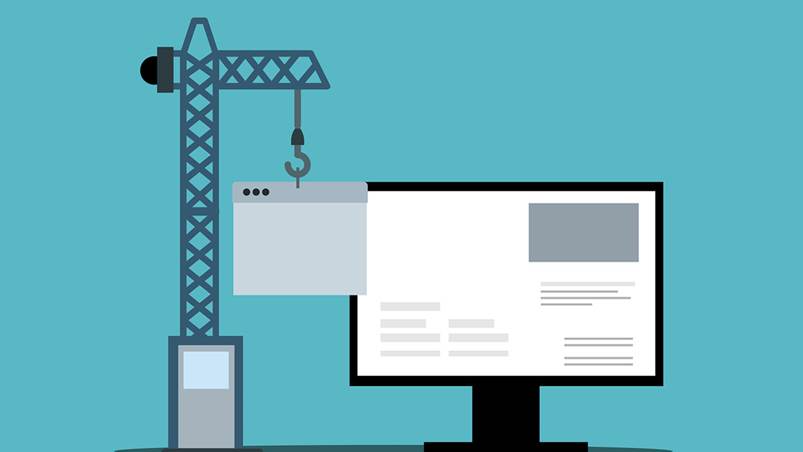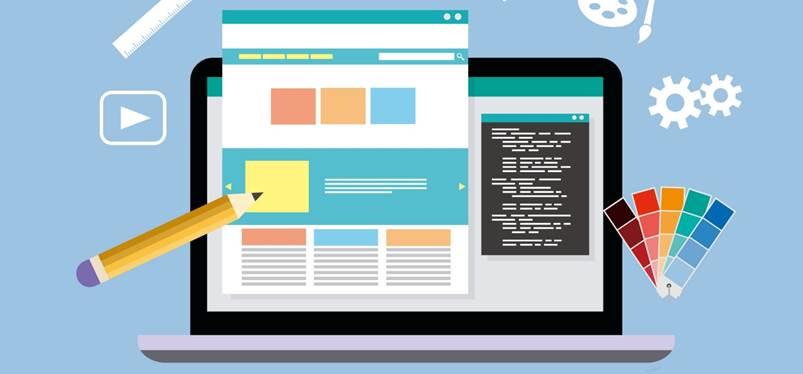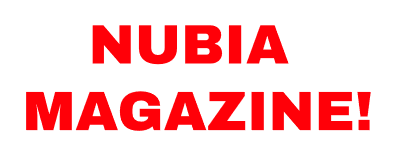
In today’s world, having your own online presence is not a luxury, but a necessity. Whether it’s a personal blog, an online store, or a complex corporate service, a digital platform opens the door to new opportunities. Every day, users encounter digital products: from news portals to complex gaming systems and betting services. For example, industry giants such as 1xBet platform demonstrate how complex modern digital products can be, combining data analysis, transaction security, and a user-friendly interface.
According to analysts, in 2025, about 70% of all new applications will be created using these technologies, making this one of the most relevant areas. Now you can create your own website or even a mobile application in just one weekend.
What are No-code and Low-code?
Before moving on to the platform review, it is important to understand the difference between two key concepts:
- No-code. Platforms that allow you to create applications and websites exclusively using a visual interface – dragging and dropping ready-made blocks and elements. No knowledge of programming languages is required.
The perfect solution for businesspeople, marketing specialists, and no-code enthusiasts. It allows you to quickly test any idea or launch something simple without any hassle:
- Low-code. Tools where “there is no limit to perfection”. Visuals help you get started quickly, and code allows you to scale your project to any level of complexity.
Ideal for those who need something special and customized, but don’t want to spend time on a long and complete development from scratch.
 Top 5 relevant No-code/Low-code platforms for a quick start
Top 5 relevant No-code/Low-code platforms for a quick start
There are a lot of options available. Here are five that bring real results:
| Platform name | Project type | Main advantage | Cost (Basic paid plan, approximately) |
|---|---|---|---|
| Wix | Websites, Blogs, E-commerce | Maximum simplicity and a rich library of templates | From $17/month. |
| Tilda Publishing | Landing Pages, Websites, Media | Modular design (Zero Block), focus on visuals and typography | From $12/month. |
| Webflow | Complex Websites, Prototypes | Design flexibility close to code, but without writing it | From $20/month. |
| Bubble | Web Applications, SaaS Products | The most powerful tool for creating full-fledged web applications | From $32/month. |
| Adalo | Mobile Applications (iOS/Android) | Creating native mobile applications without code | From $40/month. |
They offer the optimal balance of simplicity and functionality in 2025.
Detailed overview of market leaders
The market for no-code platforms is huge, and each one has its own specialization. When choosing, it is important to focus on the end goal: do you need maximum design freedom, like Tilda, or the ability to build a full-fledged CRM system, like Bubble. Below are the platforms that lead the rankings in terms of usability and functionality in 2025.
Wix: for those who value speed and simplicity
The Wix builder remains incredibly popular. It has an impressive audience of over 200 million registered users. Its distinctive features are absolute design freedom and an intuitive editor:
- Ideal for: business card websites, small online stores, portfolios, blogs.
- A specific example: Launching the website for the local bakery SweetHome Bakery with online ordering and a photo gallery in just 6 hours.
- The number: According to statistics, about 40% of small businesses in the US that use website builders choose Wix for its ease of launch.
If your goal is to quickly launch a beautiful website with minimal effort and you have no plans to scale it to the level of a large social network, Wix is the best choice.
 Tilda Publishing: aesthetics and marketing
Tilda Publishing: aesthetics and marketing
Tilda has gained immense popularity thanks to its focus on typography, responsiveness, and its unique Zero Block editor, which allows you to create any design from scratch, literally pixel by pixel:
- Ideal for: sales landing pages, media projects, longreads, beautiful corporate websites.
- A specific example. A marketer prepared a sales web page that worked like clockwork. As a result, in the first month, they managed to attract more than 500 people willing to take the course.
- The number. Tilda website builders, like a well-tuned mechanism, increase visitor engagement by about 20%.
Tilda is the choice for those who value design and marketing and want their content to look professional on any device.
Bubble: a full-fledged web application without a single line of code
Bubble is no longer just a website builder, but a full-fledged low-code platform for developing complex, multifunctional web applications that previously required coding:
- Ideal for: MVP (Minimum Viable Product), SaaS products, internal CRM systems, marketplaces.
- A specific example. Creating a platform for finding freelancers with registration, personal account, payment, and rating systems.
- The numbers. Many startups use Bubble to launch their MVP, saving up to 80% of their initial development budget.
Bubble is a serious tool that requires more time to master, but it gives you the opportunity to launch a startup with professional-level functionality.
 No-code and low-code platforms allow people without in-depth technical knowledge, whether they are small business owners, creative individuals, or ambitious start-ups, to bring their ideas to life at unprecedented speed. Using tools such as Wix, Tilda, or Bubble, you can launch a project in a matter of days that would have previously taken months and tens of thousands of dollars. Don’t put your digital ideas on the back burner — your website or app could be launched as early as this weekend.
No-code and low-code platforms allow people without in-depth technical knowledge, whether they are small business owners, creative individuals, or ambitious start-ups, to bring their ideas to life at unprecedented speed. Using tools such as Wix, Tilda, or Bubble, you can launch a project in a matter of days that would have previously taken months and tens of thousands of dollars. Don’t put your digital ideas on the back burner — your website or app could be launched as early as this weekend.






106sec
37omqn
Appreciate it for this fantastic post, I am glad I discovered this site on yahoo.
Whats Going down i am new to this, I stumbled upon this I’ve discovered It positively helpful and it has helped me out loads. I hope to give a contribution & help different users like its helped me. Great job.